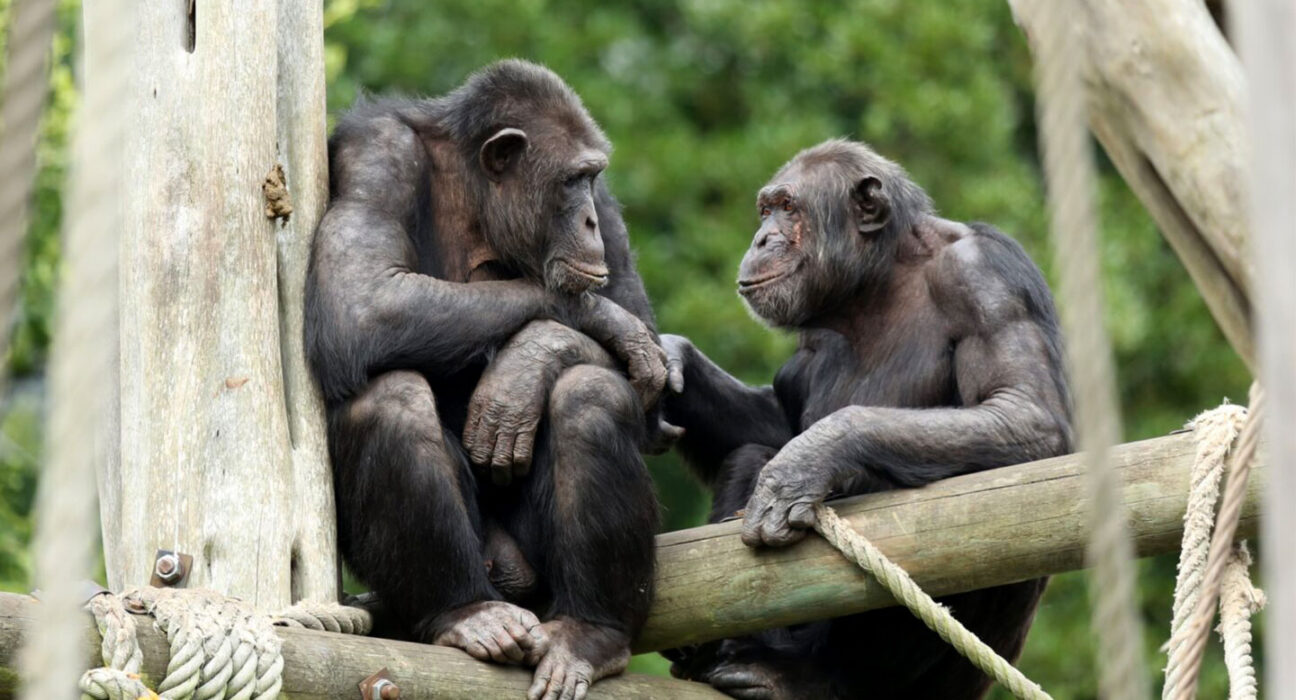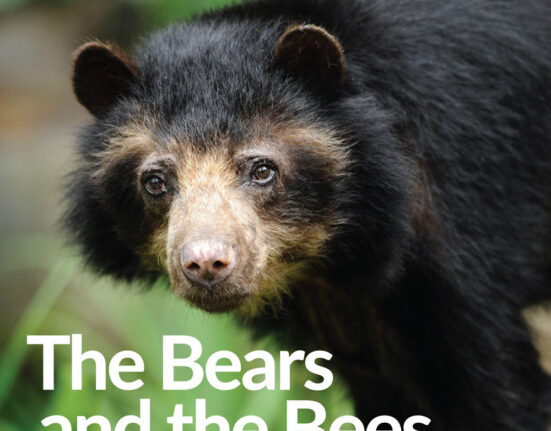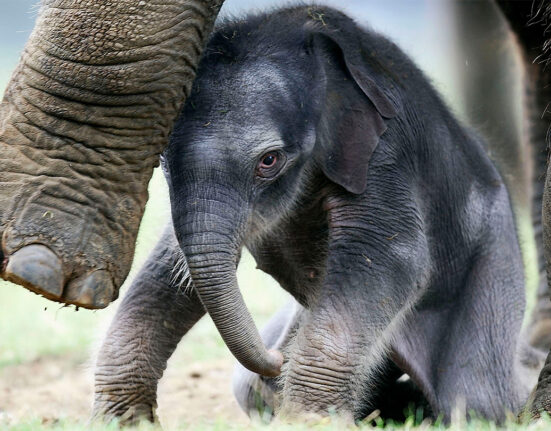ancestor: A predecessor. It could be a family forebear, such as a parent, grandparent or great-great-great grandparent. Or it could be a species, genus, family or other order of organisms from which some later one evolved. For instance, ancient dinosaurs are the ancestors of today’s birds. (antonym: descendant)
ape: A group of rather large primates, all of which lack a tail. They include gorillas, chimpanzees, bonobos, orangutans, gibbons and humans. Most people tend to group humans into their own separate subcategory owing to a number of special traits. These include a larger brain, greater mental abilities (including being able to talk) and their ability to walk on two legs.
bug: The slang term for an insect. Sometimes it’s even used to refer to a germ.
colleague: Someone who works with another; a co-worker or team member.
common ancestor: Also known as shared ancestor. It’s an ancestor that two or more descendants have in common. Two siblings share a parent as a common ancestor. This also applies on the level of species and groups of organisms. Two or more species can share a common ancestor at the genus level. Two or more genera can share a common ancestor at the family level, and so on. Tigers and lions have a common ancestor, as do humans and Neandertals.
evolution: (v. to evolve) A process by which species undergo changes over time, usually through genetic variation and natural selection. These changes usually result in a new type of organism better suited for its environment than the earlier type. The newer type is not necessarily more “advanced,” just better adapted to the particular conditions in which it developed. Or the term can refer to changes that occur as some natural progression within the non-living world (such as computer chips evolving to smaller devices which operate at an ever faster speed).
groom: (in zoology) The practice of some animals to clean another, usually in places the groomed animal can’t see or reach, such as the back, head or face. Sometimes a groomer will remove ticks or other parasites. Other times it might remove tangles in fur or debris such as leaves. The attention the groomed animal receives can be calming and is usually accepted only from a family member or close member of its social group.
infrared: A type of electromagnetic radiation invisible to the human eye. The name incorporates a Latin term and means “below red.” Infrared light has wavelengths longer than those visible to humans. Other invisible wavelengths include X-rays, radio waves and microwaves. Infrared light tends to record the heat signature of an object or environment.
intuition: The ability to understand some issue — or feel one confidently knows something — without having to consciously analyze it. Some people refer to it as a “gut feeling” that something is true. In fact, it’s based on an unconscious analysis of past experiences that may relate to the issue.
lemur: Any of many primate species that tends to have a cat-shaped body and usually a long tail. They evolved in Africa long ago, then migrated to what is now Madagascar, before this island became separated from the east coast of Africa. Today, all wild lemurs (some 33 species of them) live only on the island of Madagascar.
New World: An adjective referring to all of the Western Hemisphere, meaning the Americas, In biology, the term is applied to five families of small- to medium-size tree-dwelling monkeys (mostly in South America). The term distinguishes these primates from those that evolved solely in Asia and Africa.
orangutan: One of the great apes (which also include gorillas, chimpanzees and bonobos), this red-haired tree dweller shares 97 percent of its genes in common with humans. They can live for 60 years, with adults weighing 48 to 130 kilograms (105 to 286 pounds) depending on gender, age and health, with males being bigger. They have opposable thumbs (as humans do) and also opposable big toes, which aids in their gripping.
primate: The order of mammals that includes humans, apes, monkeys and related animals (such as tarsiers, the Daubentonia and other lemurs).
social: (adj.) Relating to gatherings of people; a term for animals (or people) that prefer to exist in groups. (noun) A gathering of people, for instance those who belong to a club or other organization, for the purpose of enjoying each other’s company.
species: A group of similar organisms capable of producing offspring that can survive and reproduce.
tarsier: A bushy furred, small greyish chipmunk- to squirrel-sized primate that lives in the treetops and becomes active at night. From their heads to the end of their bodies, these small animals tend to run about 13 centimeters (5 inches). Their tails can run twice that length.













